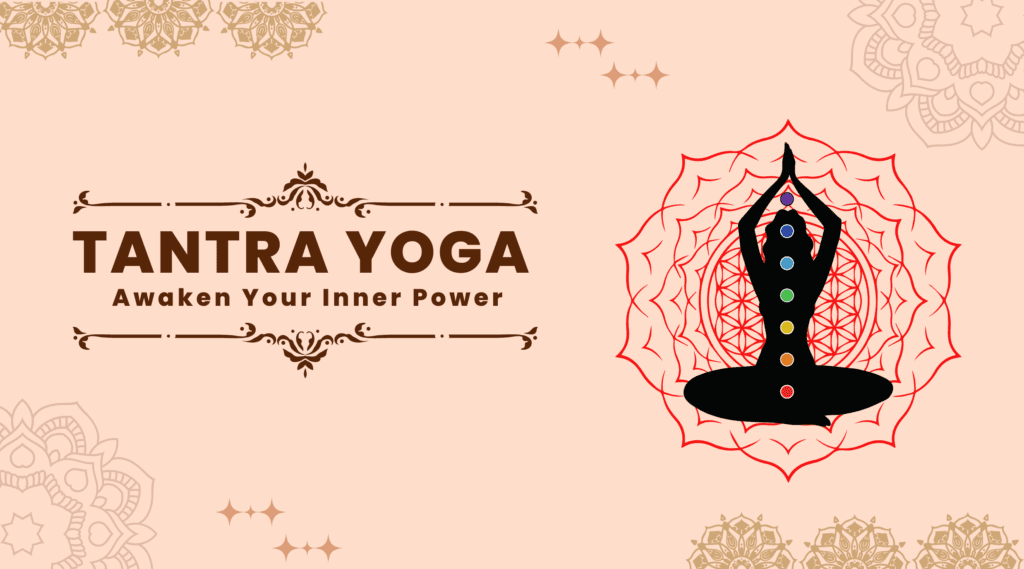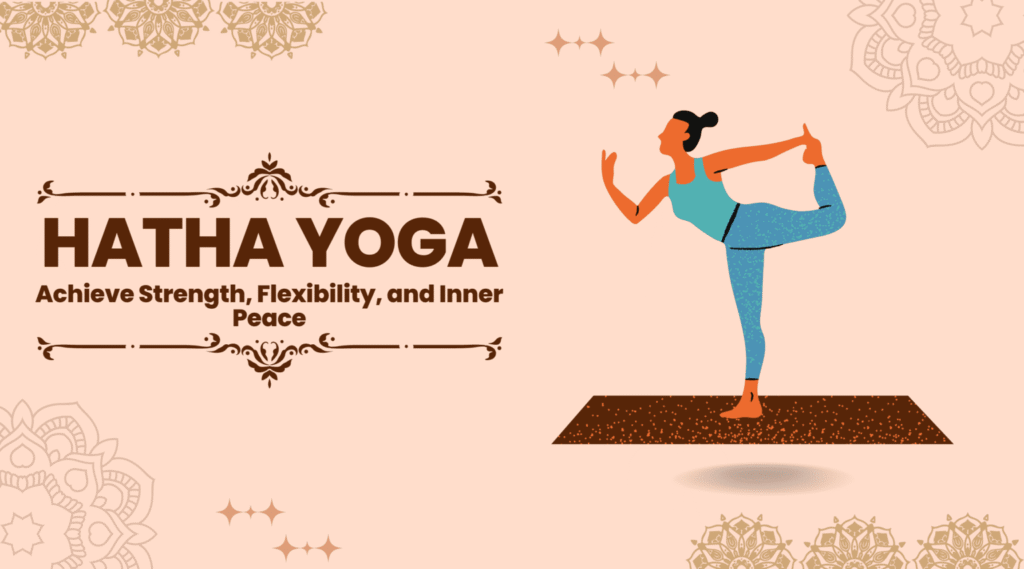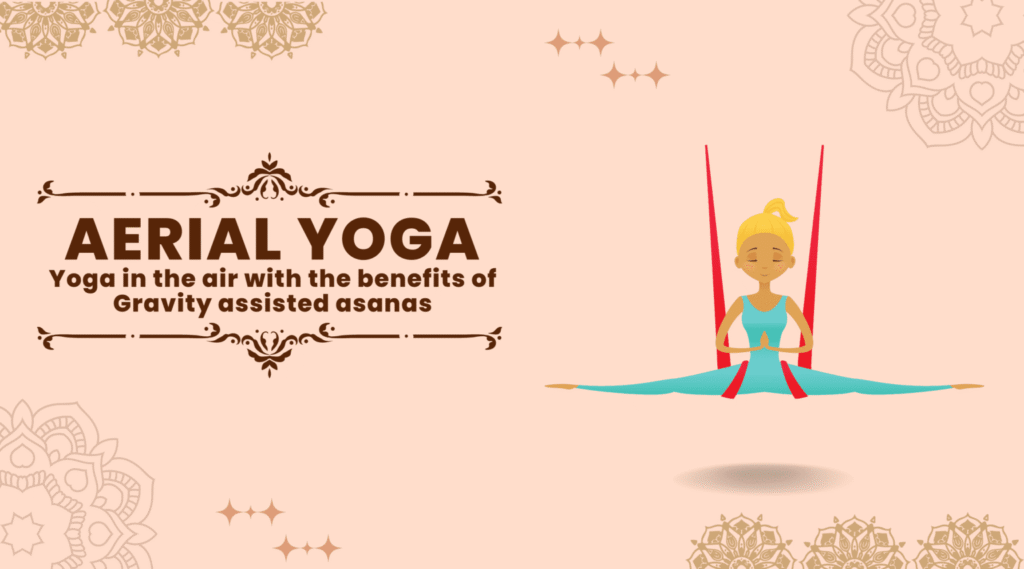
An Introduction
Tantra yoga is a spiritual practice that entails the utilisation of energy to attain enlightenment. This yoga practice entails focusing on dualities such as yin and then yang, good and then bad, male and then female, etc. Tantra yoga teachings involve comprehension, practice and subject. During the tradition of Tantra yoga one attain the awakening of kundalini energy and can see the world.
There are gurus who’ve made yoga a practice for women and men. This is why finding a bona fide coach is essential. To achieve the objective of yoga, the student needs to seek a mentor who will teach the process to him. It is not something you can study on your own using manuals and books.
Suggested: Best Yoga Retreats And Yoga Teacher Training In Rishikesh
History of Tantra Yoga
The history of this yoga dates back to over 5,000 years ago in the Indus Valley civilization of ancient India. The ancient Indian texts the “Vedas” which contain spiritual and philosophical teachings, describe this yoga form.
The word “tantra” comprises of the Sanskrit word “tan,” that means to stretch, expand or weave, while “tra,” means instrument. So, Tantra yoga is a spiritual practice that involves using various tools and techniques to expand consciousness and connect with the divine.
In the mediaeval period it gained popularity among the masses. This was due the efforts of tantric masters who began to teach their knowledge and techniques to a wider audience. Tantra yoga became especially popular in the Bhakti movement, which was a devotional movement that arose in mediaeval India.
Tantra Yogis
A select group of individuals (yogis) used to practice this style of yoga originally. They sought to attain enlightenment through the awakening of kundalini energy, which is the dormant energy located at the base of the spine. These individuals were tantric yogis and were regarded as mystics and spiritual adepts.
Apart from that there were Nath yogis, a group of tantric yogis who lived in northern India during the mediaeval period. Nath yogis also played a significant role in the development of the Hatha yoga tradition. This tradition is based on a physical and spiritual practice that focuses on the purification of the body and the awakening of kundalini energy.
Today, the individuals seeking spiritual growth and enlightenment, practise tantra yoga. It is a powerful and transformative practice that has the potential to bring about profound changes in practitioner’s life. Tantra yoga remains an important part of the rich spiritual heritage of India. Additionally, it continues to inspire individuals all over the world to seek a deeper understanding of themselves as well as the universe.
Tantra Philosophy
Tantra philosophy relies on the idea that everything in this universe is interconnected while the ultimate reality is a unified field of energy and consciousness.
One of the key principles of tantra philosophy is that everything in the universe is a manifestation of divine energy. This divine energy is known as Shakti (force), and it is the creative force behind the universe. Shakti is often depicted as a goddess, and she is worshipped in many forms throughout the tantra tradition.
Another key principle of tantra philosophy is the “idea of polarity”. Tantra sees the universe as pairs of opposites, such as light and dark, masculine and feminine, and positive and negative. These pairs of opposites are complementary as well as necessary for the functioning of the universe.
Tantra philosophy also places a great emphasis on the human body and its potential for spiritual growth and liberation. The philosophy considers the body as a microcosm of the universe. According to this philosophy, by purifying and energising the body, one can attain higher states of consciousness and connect with the divine.
The practices and techniques used in tantra philosophy are varied and include meditation, visualisation, breathwork, and physical postures. Tantra also emphasises the importance of living a pure and ethical life, and it teaches its practitioners to cultivate virtues such as compassion, generosity, and selflessness. It encourages individuals to embrace their connection to the divine and to seek a deeper understanding of themselves and the universe.
Types of Tantra Yoga
Here are some of the most common types of tantra yoga:
White Tantra: White Tantra or White Tantric Yoga involves the practice of various physical postures, breathwork, and meditation techniques in order to achieve spiritual liberation. This type of tantra is typically practised in a group setting, and often involves chanting and other forms of devotional practice.
Red Tantra: Red tantra involves the use of sexual energy to achieve spiritual enlightenment. This type of tantra is often practised between partners, and involves various sexual techniques and practices that are believed to help individuals connect with their divine nature.
Black Tantra: Black tantra is a more advanced form of tantra that involves working with powerful energies and emotions in order to achieve spiritual transformation. This type of tantra is often practised in a one-on-one setting with a teacher, and can be quite intense and challenging.
Kashmiri Tantra: It is a form of tantra that focuses on the cultivation of spiritual awareness and consciousness through the use of mantras, meditation, and other techniques. This type of tantra is often practised in a group setting, and can be quite intense and transformative.
Taoist Tantra: Taoist tantra is a type of tantra that works on Chinese Taoist philosophy. It involves the cultivation of sexual energy and the use of various techniques to channel that energy for spiritual transformation.
Benefits of Tantra Yoga
Here are some of the benefits of practising tantra yoga:
1. Improved spiritual awareness: Tantra yoga is designed to help individuals cultivate a deeper awareness of their spiritual nature and connect with the divine within themselves and the universe.
2. Reduced stress and anxiety: Tantra yoga involves various meditation and breathing techniques that can help individuals relax and reduce stress and anxiety.
3. Increased energy and vitality: Tantra yoga involves working with energy and can help individuals increase their vitality and overall energy levels.
4. Enhanced intimacy and connection: One can also practice Tantra yoga with a partner. It is important to involves various techniques for cultivating sexual energy and enhancing intimacy as well as connection between partners.
5. Improved physical health: Tantra yoga involves physical postures and exercises that can help individuals improve their flexibility, strength, and overall physical health.
6. Greater self-awareness and self-acceptance: Tantra yoga encourages individuals to become more self-aware and accepting of themselves, which can lead to greater self-esteem and a more positive self-image.
7. Greater sense of purpose and meaning: Tantra yoga can help individuals discover their true purpose and meaning in life, leading to a greater sense of fulfilment and satisfaction.
Tantric Yoga For Couples
Tantra yoga allows couples to connect with one another in a more spiritual way. They get to discover emotions and awaken sensations which are present in their bodies. Tantric Yoga for Couples also results in increased communication, heightened pleasure, reduced stress and anxiety. Apart from that, it improves physical health as well as increased trust & intimacy.
Tantra for Beginners
Tantra is a practice that even beginners can enjoy but with a little bit of guidance and openness. If you are new to Tantra, here are some tips to start with Tantra:
1. Find a bona fide Tantra teacher: Working with a qualified Tantra teacher can help you learn the practice more deeply. Teacher can provide guidance and support according to your progress.
2. Cultivate an open mind: Tantra is a practice that involves exploring new ideas and experiences. Hence it’s important to approach it with an open mind and a willingness to learn.
3. Learn about Tantra philosophy: Before diving into practice, take some time to learn about the principles and philosophy of Tantra. This can help you better understand the goals and benefits of the practice.
4. Start with basic meditation: Meditation is a fundamental part of Tantra practice. So start with basic meditation techniques to help calm your mind and prepare for more advanced practices.
5. Explore Tantra yoga: Tantra yoga involves physical postures and exercises designed to cultivate energy and awareness. Look for beginner-level Tantra yoga classes in your area or find videos online.
6. Experiment with breathing techniques: Breathing techniques are also an important part of Tantra practice. They help cultivate energy and awareness. Start with basic breathing exercises and gradually work your way up to more advanced techniques.
7. Try solo practice: Tantra doesn’t always have to be practised with a partner. Try exploring some of the basic techniques and exercises on your own to help develop both your skills and understanding.
Tantra Meditation
This kind of tantra yoga practice involves meditation. During tantra meditation the mind gets calm and clean. Practitioners should put aside any kind of ideas, be it positive or negative. In this practice, the yogi directs his life force to Nirvana or the light and go into the brow, and to rise in his column. This provides the feeling of bliss, calmness, peacefulness and serenity. The yogi can finish the meditation by bringing down his life force into his vertebral column, then back to its base. This process helps an individual become aware that he’s a spiritual being and then that a life force exists inside him.
During meditation, practitioner can use mantras. Mantra means to draw the mind away. This entails use of sound vibrations that can help clear the mind from confusion and desires.
Tantra Yogis Practice Healthy Lifestyles
Tantra practitioners refrain from improper habits and activities that may cause harm to their body. They don’t drink alcohol, smoke or do drugs. Also, they keep their body healthy by performing yoga exercises. Through exercise they’re able to feel relaxation and then calmness, and then this helps them when they perform meditation.
Tips for Incorporating Tantra Yoga
If you want to incorporate Tantra yoga, here are some tips to start:
1. Work with a Tantra yoga teacher: If you’re serious about incorporating yoga into your Tantra practice, consider working with a Tantra yoga teacher. HE can guide you through more advanced practices as well as help you develop a deeper understanding of the connection between yoga and Tantra.
2. Start with basic yoga poses: If you’re new to yoga, start with basic poses such as downward dog, mountain pose, and warrior poses. These poses can help build strength and flexibility in your body, which is important for more advanced yoga practices.
3. Practice regularly: Regular practice of yoga is necessary. Try to practise at least a few times a week to see the benefits of yoga for your Tantra practice.
4. Focus on breath and movement: In Tantra yoga, breath and movement are closely connected. Pay attention to your breath as you move through yoga poses and try to sync your breath with your movements.
5. Incorporate energy locks: Tantra yoga involves energy locks (bandhas), to control the flow of energy in the body. Try incorporating energy locks such as the root lock (mula bandha) or the abdominal lock (uddiyana bandha) into your yoga practice.
6. Practice partner yoga: Partner yoga can be a great way to deepen your connection with your partner while also incorporating Tantra practices. Try practising simple partner poses such as seated back-to-back or shoulder-to-shoulder stretches.
7. Explore Kundalini yoga: Kundalini yoga is a type of yoga that focuses on awakening the energy at the base of the spine and moving it up through the chakras. It is closely linked to Tantra practices and hence it can also be a great way to deepen your understanding of Tantra.
Conclusion
Tantra yoga is a powerful spiritual practice that can help individuals achieve higher states of consciousness as well as connect with the divine. It is a holistic practice that encompasses physical postures, breathing exercises, meditation, and mantra chanting. Through the practice of tantra yoga, one can attain a deeper understanding of oneself as well as the interconnectedness of all things.
You Can Also Read


